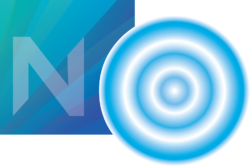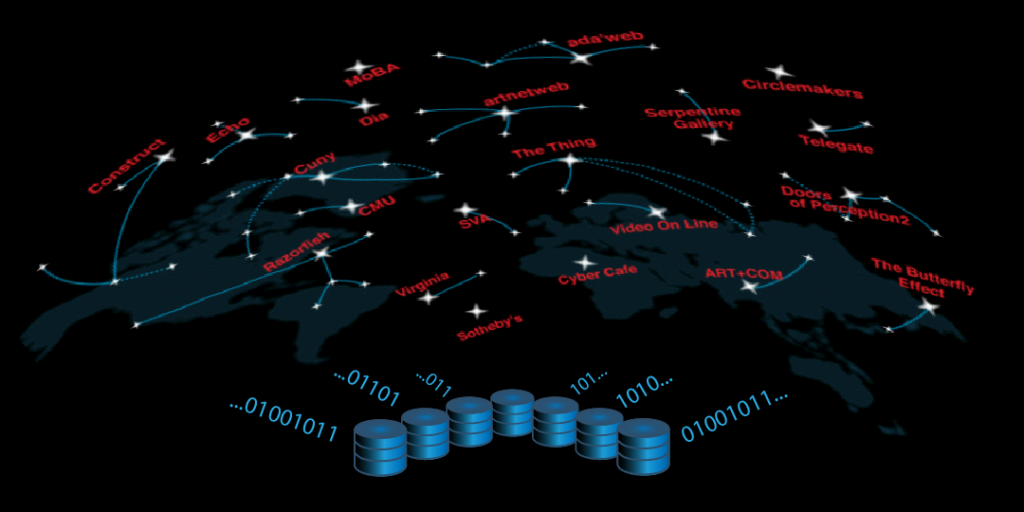Free online tutorials teach mobile appmaking
 Knowing how to make mobile apps in 2020 is like knowing how to make a website in 2000: a skill much in demand but known by few. Now anyone hoping to learn to create apps for iOS or Android can take advantage of a free suite of interactive tutorials from the University of Maine’s New […]
Free online tutorials teach mobile appmaking Read More »



